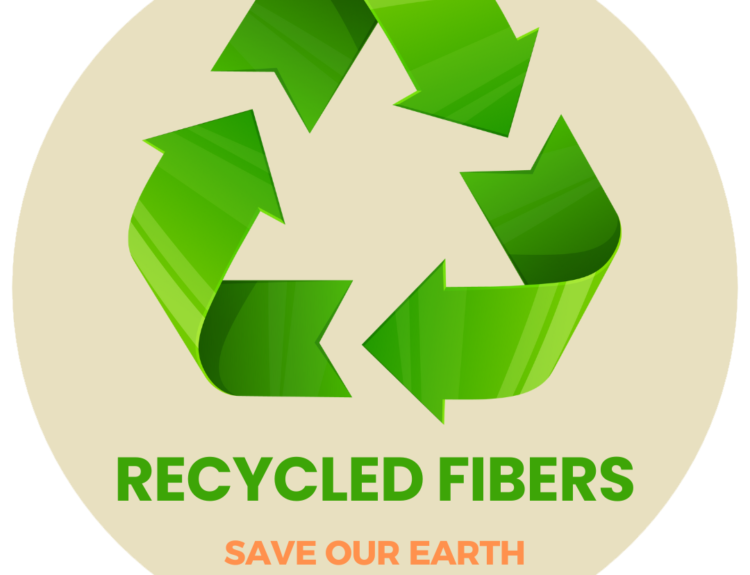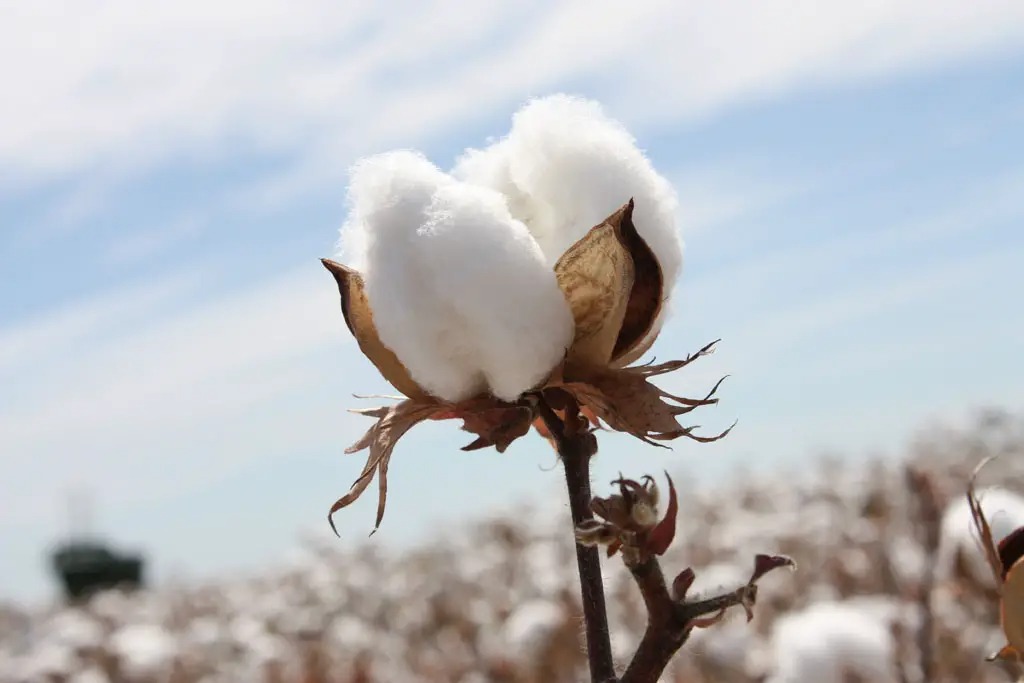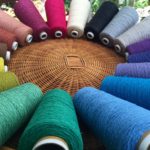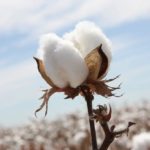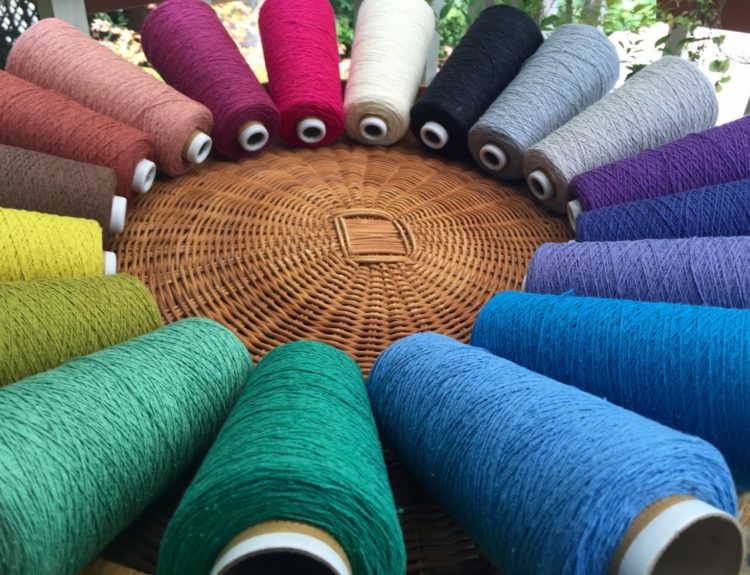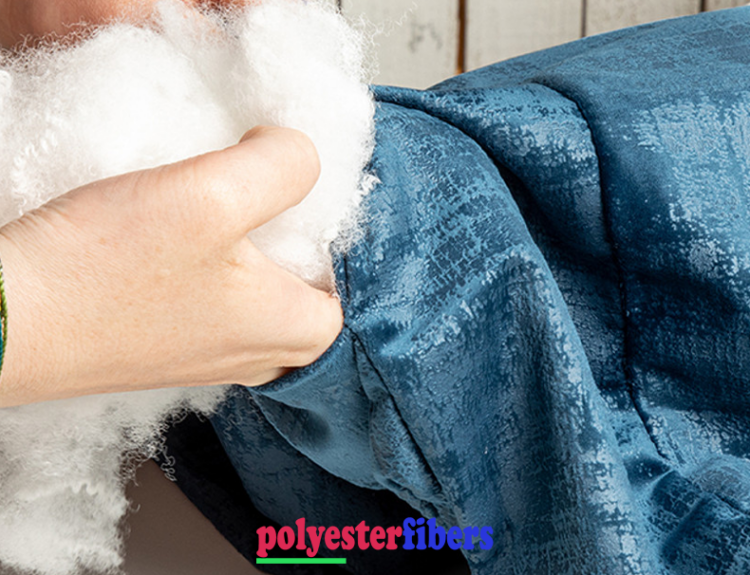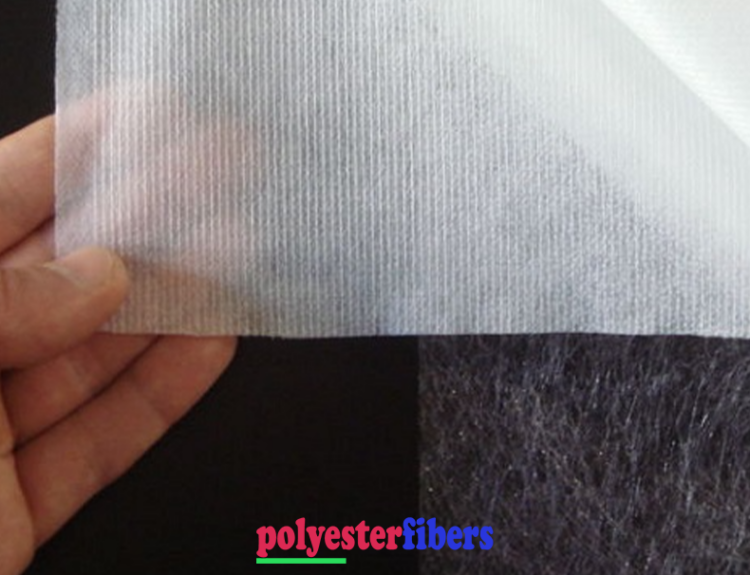- 1. Origin and Composition Between Natural and Synthetic Fibers:
- 2. Comfort and Feel:
- 3. Moisture Absorption:
- 4. Durability:
- 5. Environmental Impact Between Natural and Synthetic Fibers:
- 6. Biodegradability Between Natural and Synthetic Fibers:
- 7. Cost:
- Conclusion: Weaving a Conscious Choice
- About POLYESTER FIBERS
In the intricate tapestry of textiles, the choice between natural and synthetic fibers defines not just the fabric but also the characteristics and impact of the garments we wear. Each type of fiber comes with its unique set of properties, production processes, and environmental considerations. Let’s unravel the threads that distinguish natural fibers from their synthetic counterparts and explore the diverse world of textiles.
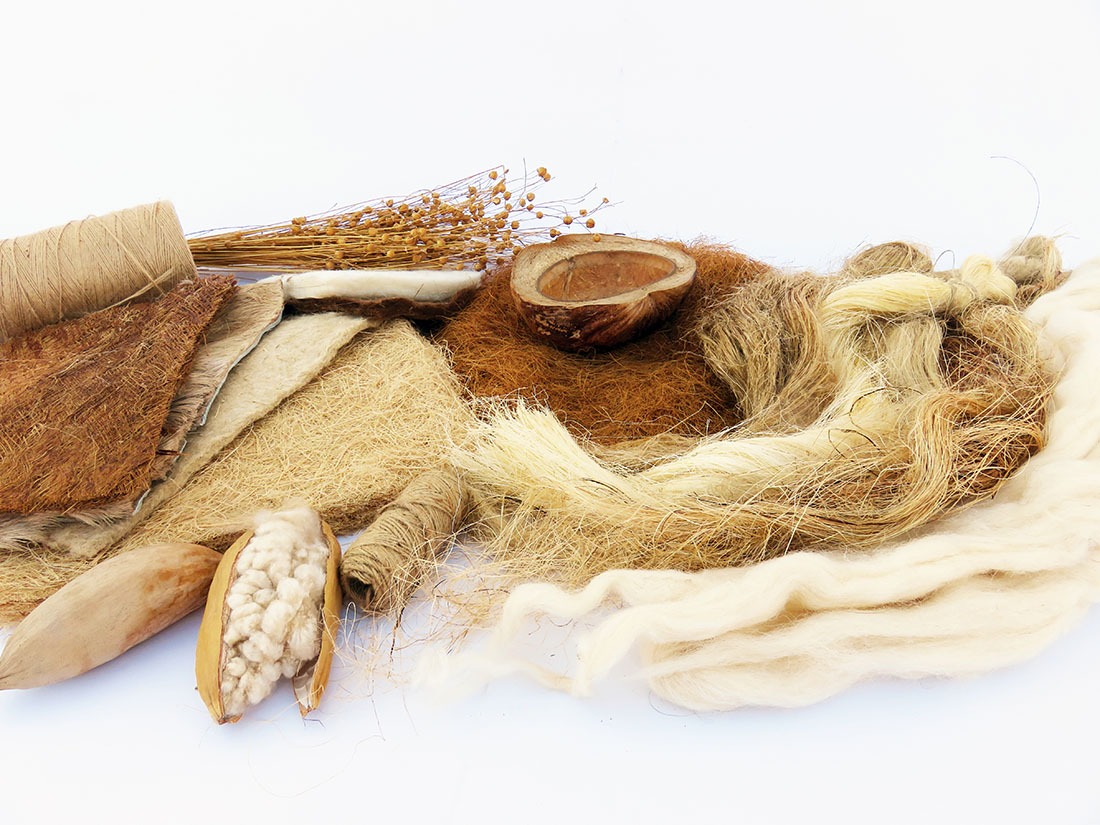
1. Origin and Composition Between Natural and Synthetic Fibers:
Natural Fibers: Natural fibers are sourced directly from plants, animals, or minerals. Examples include cotton (plant), wool (animal), silk (animal), and linen (plant). These fibers are composed of complex organic structures, giving them a unique, inherent texture.
Synthetic Fibers: Synthetic fibers, on the other hand, are man-made and produced through chemical processes. Common synthetic fibers include polyester, nylon, acrylic, and spandex. These fibers are engineered to replicate certain properties of natural fibers or to create entirely new characteristics.
2. Comfort and Feel:
Natural Fibers: Natural fibers are often praised for their comfort and breathability. Fabrics like cotton and linen are known for their softness and coolness against the skin. Wool and silk provide warmth and a luxurious feel, making them suitable for various climates.
Synthetic Fibers: Synthetic fibers can be engineered to achieve specific characteristics. While some synthetics aim to mimic the comfort of natural fibers, others may have a slicker feel. Polyester, for instance, is recognized for its smooth texture, durability, and resistance to wrinkles.
3. Moisture Absorption:
Natural Fibers: Natural fibers have the ability to absorb moisture, contributing to breathability and comfort. Fabrics like cotton and linen can absorb and release moisture, keeping the body dry.
Synthetic Fibers: Synthetic fibers, in general, have lower moisture absorption compared to natural fibers. However, advancements in technology have led to the development of moisture-wicking synthetic fabrics designed for athletic and activewear.
4. Durability:
Natural Fibers: Natural fibers can vary in durability. While some, like cotton and linen, are known for their strength, others, like wool, may be more susceptible to wear and tear. Proper care is often essential to maintain the longevity of natural fiber garments.
Synthetic Fibers: Synthetic fibers are engineered for durability and resistance to wear. Fabrics like polyester and nylon are known for their strength and resilience. They often retain their shape well and resist fading over time.
5. Environmental Impact Between Natural and Synthetic Fibers:
Natural Fibers: Natural fibers are generally considered more environmentally friendly, as they are derived from renewable resources. However, the environmental impact can vary depending on factors such as cultivation methods and use of pesticides.
Synthetic Fibers: Synthetic fiber are often associated with a higher environmental impact due to the use of petrochemicals in their production. However, innovations in recycling and the development of bio-based synthetics aim to mitigate these concerns.
6. Biodegradability Between Natural and Synthetic Fibers:
Natural Fibers: Many natural fibers are biodegradable, meaning they can break down naturally over time. This contributes to a more sustainable end-of-life cycle for garments made from natural fibers.
Synthetic Fibers: Synthetic fiber, particularly traditional ones like polyester, are often not easily biodegradable. This can contribute to environmental concerns related to textile waste.
7. Cost:
Natural Fibers: The cost of natural fibers can vary depending on factors such as the type of fiber, cultivation methods, and availability. Some natural fibers, like organic cotton, may be more expensive due to sustainable farming practices.
Synthetic Fibers: Synthetic fibers are generally more cost-effective to produce, making them widely used in mass-produced garments. Their affordability is one reason for their prevalence in the fashion industry.
Conclusion: Weaving a Conscious Choice
The choice between the two often depends on factors such as personal preferences, intended use, and environmental consciousness. In a world where sustainability is gaining prominence, a thoughtful consideration of the impact of our fabric choices contributes to a more conscious and responsible approach to fashion. The threads that bind us to our garments hold the power to shape not just our style but also the future of the textile industry.
About POLYESTER FIBERS
POLYESTER FIBERS We partner with numerous factories and manufacturers in Viet Nam and other Asian countries.We supply various and different polyester staple fiber such as hollow conjugate siliconized and non-siliconized, hollow non conjugated fiber, hollow slick fiber, black solid fiber, brown fiber, green fiber, filling fiber, polyester fiber, recycled polyester fiber, spinning fiber. All are GRS and OEKO TEX certified.
Our polyester staple fiber is used as raw material for the production of several industrial applications such as polyester pillow filling, stuffed toys, cushion, comforters, sofa, mattress, bedding sheet, quiltings, wadding, padding, non-wovens, geotextile, automotive, abrasive products for domestic and industrial use, yarn for textile flooring (carpets and moquette), shoes, special filters and much more.
Our recycled Polyester Staple Fiber is of good quality and competitive price, which is used in the application of filling polyester pillows, mattress, cushions, quilting, comforters, padding, wadding, stuffed toys, carpets, felts, automotive nonwoven industry and home textiles.
We are well-known for our excellent customer service and we would like to have long-term business cooperation with customers from all over the world.
Please contact us for long-term cooperation!
Mr. HARRY
Website: vietnamrecycledfiber.com
Youtube: Vietnam Recycled Polyester Fiber

